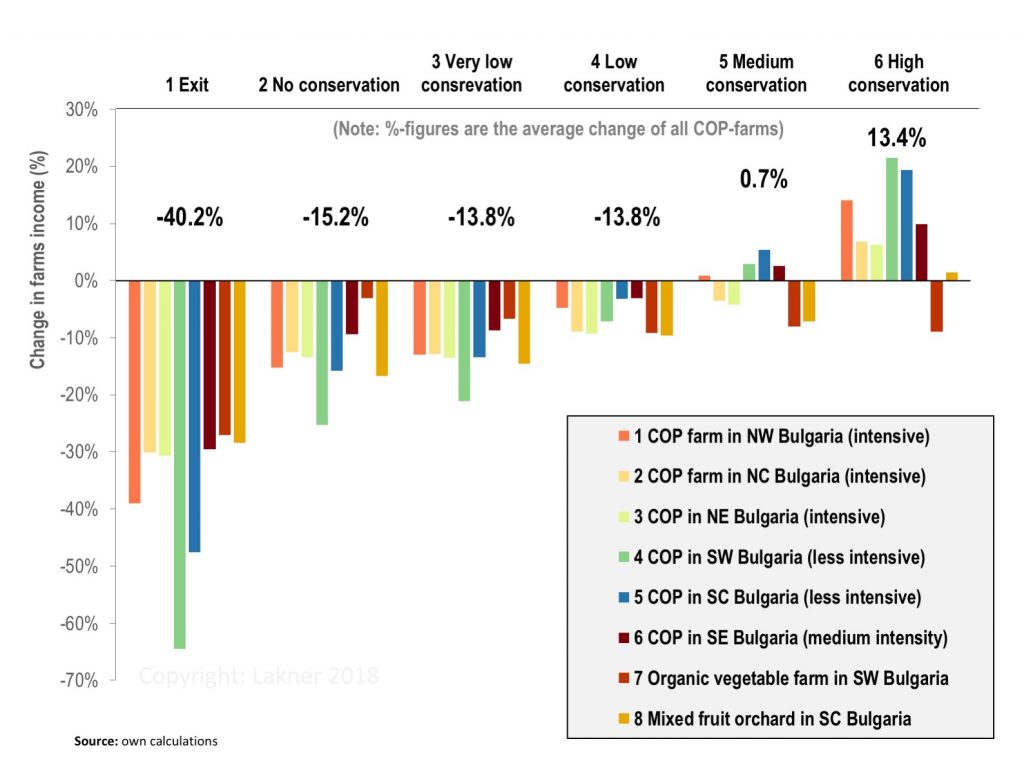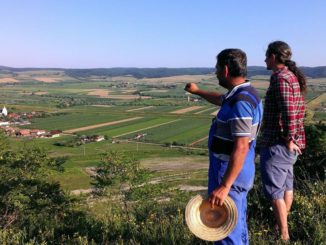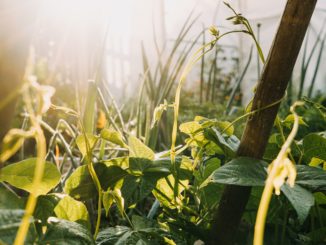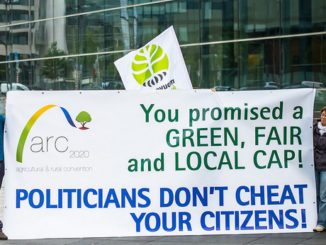
The two part series is based on research conducted by Magdalene Trapp and Sebastian Lakner on the environmental impacts of the CAP in Bulgaria. In part one, which can be found here, article author Sebastian Lakner outlined research that examined the agricultural sector, the environment and CAP implementation in Bulgaria. Part two is solutions-focused. This second article shows what happens when Trapp and Lakner simulated the potential effects of a CAP reform, more oriented towards environment and biodiversity. They tested six scenarios on eight farm types, and analysed the income impact for farmers.
Using a policy suggestion from BirdLife Europe, we modeled the potential impacts for 8 typical farms in Bulgaria. We combined the BirdLife model with the approach we used for a study of 2016 on Germany (Oppermann et al. 2016, the post on Arc2020 can be found here), where we changed a number of pre-conditions within the actual CAP implementation.
1) Direct Payments: We transferred the decoupled payment into a smaller payment linked to a stricter Cross Compliance and other general regulations. We completely cut out coupled payments.
2) Agri-environmental measures: We applied a number of very targeted measures for Biodiversity and simulated six participation scenarios in agri-environmental and climate measures (AECM) from a complete CAP-exit to a very high engagement in conservation measures with up to 20% of the arable land of a typical farm. We also applied a management payments for extension.
3) Calculation of payment rates: If we regard conservation as integrative part of a farm, farmers need to profit from measures and achieve profits, which they might re-invest into conservation. Therefore, we stepped back from the income foregone-principle and applied payments, which included a top-up for risk and profit. It has been often reported that the actual AECM are often financially not attractive and do not sufficiently incentivise participation. Therefore, this might be crucial to incentivize participation.
The development of typical farms was based on the interviews and FADN-data. We calculated gross margins and included opportunity costs of participation and the specific costs of implementation of the different agri-environmental measures. The following figure shows the results of the scenario.
Influence of the different participation-scenarios on farmer’s income situation
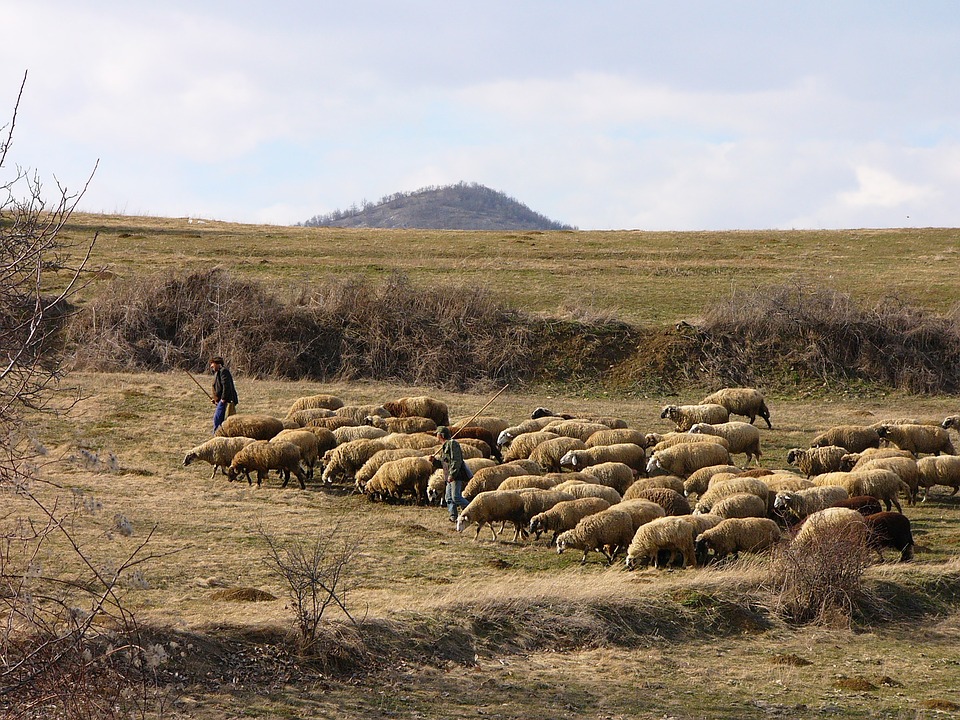
The figure shows that cuts of direct payments lead to significant losses on the farms. Here are the three key takeaways from our study.
Any reform might need a longer time period to phase out direct payments.
The conclusion to be drawn is that any reform might need a longer time period of phasing out direct payments. The losses especially in the exit-scenario are substantial. Therefore, farmers need enough time to adjust their production and financial planning. This is especially true for Eastern Europe, where these losses have a different meaning than e.g. in Germany, The Netherlands or France.
In the high and very high conservation scenarios, the high agri environmental payments leads to a compensation for the reform-losses
Especially in the high and very high conservation scenarios, the high agri environmental payments leads to a compensation with regard to the reform-related losses. So the overall effect of this alternative approach should be a strong incentive to participation. Since all these measures are voluntary, farmers need to decide whether they want to produce for the international market and go for a competitive approach. But alternatively, farmers can combine the production of agricultural commodities with the provision of public goods, and still generate a good financial return.
There are two farm types where our model does not bring the redirection
There are two farm types, where our model does not bring the redirection: The small organic farm (farm 7) and the Orchard farm (farm 8) have difficulties to compensate the losses through the reduction of direct payments. Farms with very high gross margins (the farm produces potatoes and carrots or fruits) have to face high losses if they introduce more land into AECM. Therefore, if AECM should incentivize measures for vegetable and fruit producer (or other permanent crops), they need to reflect the higher value added per hectare. Furthermore, it might make sense to also orient payments according soil quality. On the other hand, this also shows the distortive nature of coupled direct payments. We also modeled a scenario including coupled direct payments: The results were even more drastic for those farms.
For the organic farm (farm 7), any participation in the scenario doesn’t make sense.
For the organic farm (farm 7), any participation in the scenario doesn’t make sense. This has less to do with the system of organic farming and rather with the high gross margins of carrots and potatoes. On the other hand, if a farm is participating in the organic certification system, it is per se environmentally friendly. It seems reasonable to also include the support of a sustainable farm system like organic farming within the framework of the BirdLife model.
The results and methods are described in detail in the study.
Discussion: Bulgaria needs a better CAP-implementation
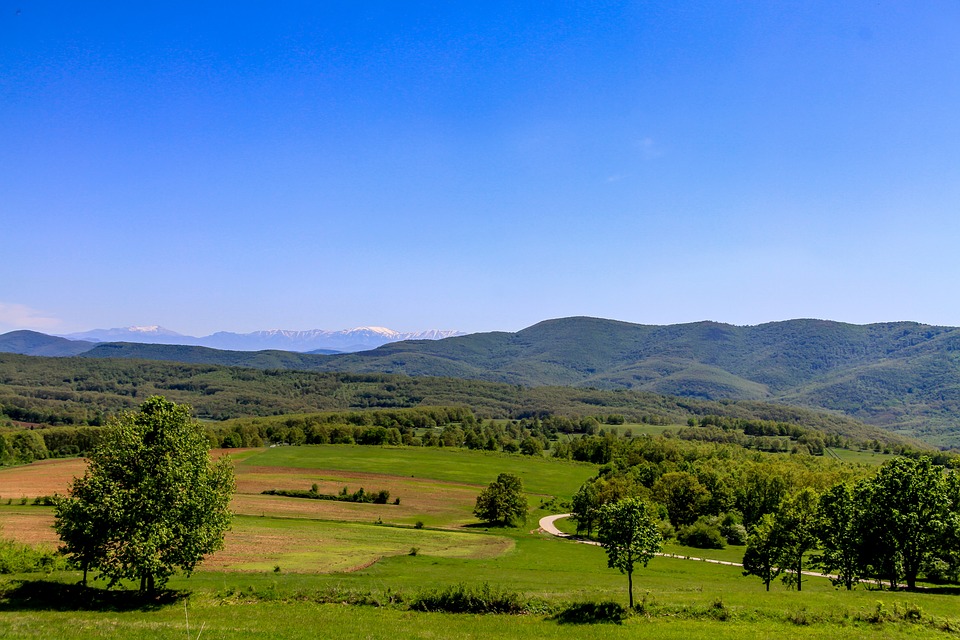
1) Our report has identified “Sustainable productivity” as the first challenge of the agricultural sector. The relation between inputs and outputs show still scope for improvement, especially if environmental effects are taken into account. Knowledge, technology and extension services will help in this process. Contrary, coupled direct payments will delay this process, since these payments keep farmers away from taking efficient decisions to do with balancing environmental and production requirements.
2) The policy model of BirdLife works on strong incentives for environmental friendly production. However, theses incentives will only work, if Bulgaria (or other member states) reform the complex and inefficient support that occurs through direct payments. Coupled direct payments in particular should be phased out fast, since they play such a significant role.
3) There are still a number of socio-economic challenges for agriculture in Bulgaria. The small farming sector with many subsistence farms and rather old farmers has to be taken into account. Agricultural policy is not the only instrument to improve the situation of these farms. Social and taxation policies should also be adjusted to the specific situation of small farms, also in order to prevent further movements from rural to the urban areas.
4) In Bulgaria, direct payments show a high degree of inequality – only Slovakia had a higher GINI-coefficient in 2008. Though structural change and redistributive measures have slightly reduced the inequality, direct payments are still perceived by farmers as highly unfair. The new proposal of the EU Commission for 2021 on capping will not solve this problem, since through deduction of salaries, this suggested capping is meaningless as Alan Matthews has recently pointed out.
5) We could identify a number of agri-environmental challenges in the sector. As described above, weak institutions, insufficient control and property rights lead to a loss of grassland. Little information, uncertainty and frequent changes in agri-environmental programs lead to low participation rates and mistrust of farmers towards state institutions. It is better to provide information, extension services and transparent procedures for agri-environmental programs. Legal frameworks have to be adjusted to the needs of e.g. the use of communal grassland, which is traditionally used and which provides high biodiversity.
6) Our scenario calculations show that the BirdLife model provides for both the environment and farmers’ incomes. This is crucial. If farmers provide public goods, they can compensate the losses of the cut in direct payments – and some might even gain. The model includes more targeted measures, which can improve environmental status and which support biodiversity. This also includes top-up payments for risk and value added. In this setting, the agri-environmental measures are voluntary and provide high incentives. In consequence, farmers need to decide whether they want to produce only for the market or also use the opportunities for environmental programs.
The study was supported by Naturschutzbund e.V., member of the BirdLife-network. If there are questions or comments, the authors are happy to get feedback.
Source:

